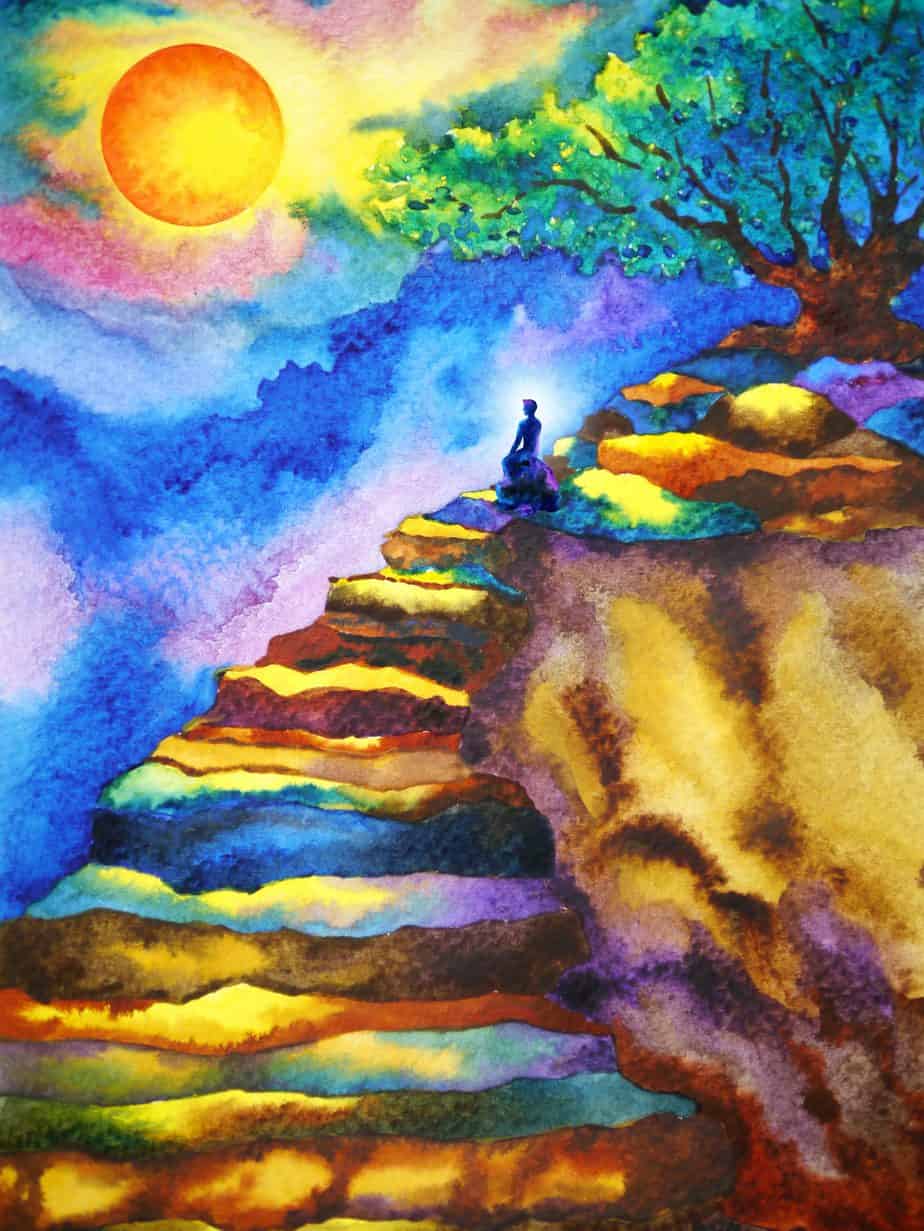When our minds and bodies experience stress, we can easily fall into a pattern of viewing our options as overly simplified “either-or” choices that are ultimately limiting and unsatisfying. You can tell that a choice is overly narrow if instead of feeling focused and relieved by deciding, you feel agitated, constricted, deprived, and/or unhappier.

There are ways to gain the benefits of focus while avoiding a destructive either-or mindset.
Here are some of my favorite strategies:
Construct a broader narrative that includes more of what you want.
I spent an embarrassingly long time debating with myself whether I should write non-fiction or fiction. I doubted that I could do well if I tried to do both, so I went back and forth with myself trying to choose, while producing zero completed books during this time. It turns out that rumination isn’t the best activity for productivity.
Finally, I realized that the only possible way to feel peaceful and to take more purposeful action was to forge ahead. Writing both types of books will yield valuable information about which niche will produce more success and joy. I can’t possibly predict in advance which niche will be my best, or perhaps I will be one of those writers who can juggle both.
Shift from “either-or” to “both-and.”
To continue the point above, instead of framing your choices as “either-or,” investigate whether there is a reasonable way to think of your choices as connected by “both-and.”
Instead of waffling between, “I write self-help books,” and “I write novels,” my new narrative is, “I write both self-help books and novels.” I committed to finishing two books in 2021, one that is a self-help book about job interviewing and one that is a romance novel. By giving up the struggle to choose, I’ve freed up energy to write more every day.
This is often the preferred solution if you want to embark on a creative career but also have an immediate need for a reliable income. You can keep your salaried or freelance work AND you can create music, photography, writing, or art. Would it feel better to have the luxury of immersing yourself in the creative endeavor full-time? Possibly, but most creative people don’t have a trust fund or a patron, causing the juggling of income-producing activities while building a body of work sufficient to become a reliable source of income generation.
Think sequentially, not simultaneously.
Neuroscientists have compiled plentiful evidence that humans are awful at multitasking. This is true of Generation Z as much as Boomers.
There are also many studies showing that every time you shift from one task to another, it takes approximately 20 minutes to become optimally productive again, so if you try to stack too many tasks into the average workday, you may accomplish much less than if you gave yourself more time to devote to a specific type of activity alone.
Because of this research, I recommend structuring your work week so you can have sufficient time to immerse yourself into specific tasks and not lose too much time transitioning between different tasks. This might mean dedicating mornings to one project and afternoons to another, or it might mean dedicating entire work days or weeks to one type of career focus and other days or weeks to another.
Experimentation will help you choose which paths to continue and which to shed. Some clues to assist in decision-making include your energy when you follow a path, the amount of traction you seem to get, and how well aligned the path seems with your highest priority values.
Find role models.
Humans learn best through observing other people. (This explains why children do what they see their parents doing, not do what their parents say.)
Whatever you want to do in the world, someone else has likely successfully done at least part of it before. Learning from other people’s successes and failures is a very smart use of your time. Trial-and-error is a slow way to learn unless you benefit from the trial-and-error experiences of all the people who have gone down a path before you.
See if you can find someone successfully engaged in “both-and” thinking in the areas where you previously worried you should choose “either-or.” Then study what actions they took to live in that nuanced, inclusive space.




